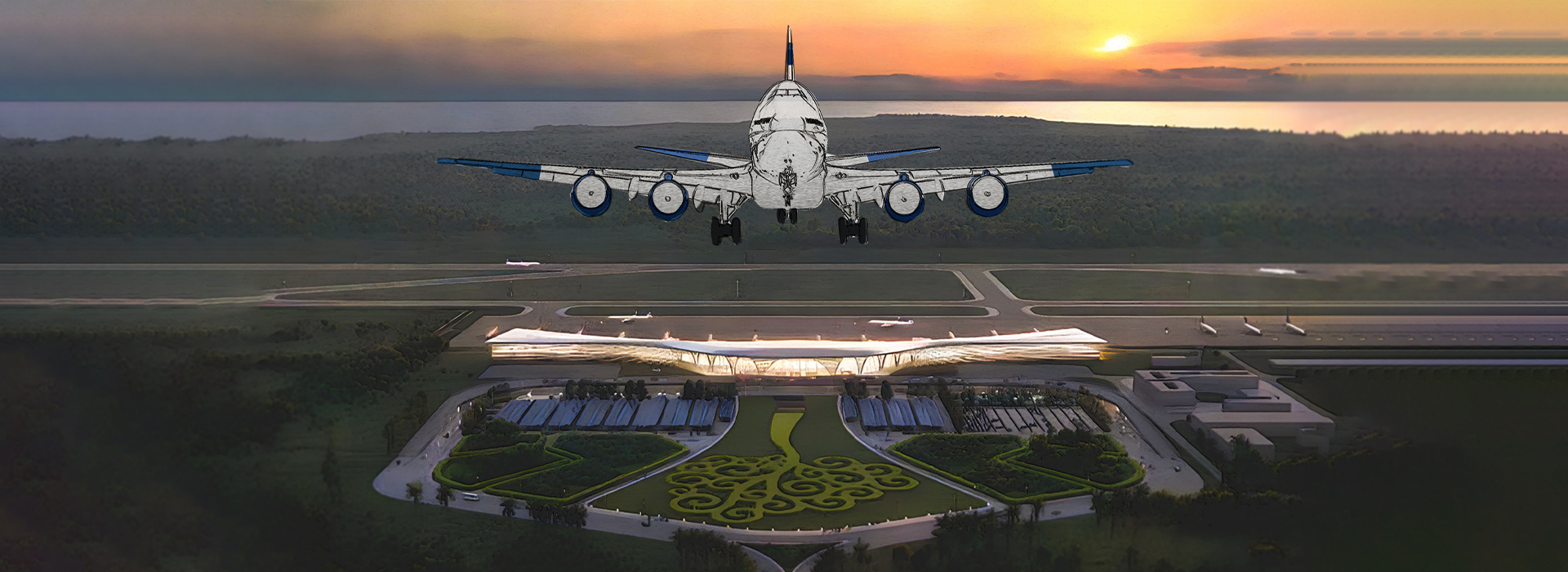In 2028, Nicaragua will inaugurate one of the most modern airports in the Central American region, with 4F category, through the project of «Reconstruction, Extension and Improvement of the Punta Huete International Airport,» located 58 kilometers from the capital, Managua.
Punta Huete will position Nicaragua as a crucial node in the global transport network, improving international connectivity by providing direct links with various countries around the world, the air terminal is expected to receive about 3.5 million passengers annually.
The new air infrastructure will not only boost trade and tourism, but will also consolidate Nicaragua as a strategic point on the global map, boosting its economic growth and presence on the international stage, with the capacity to manage up to 35,000 direct flights a year from all over the world.
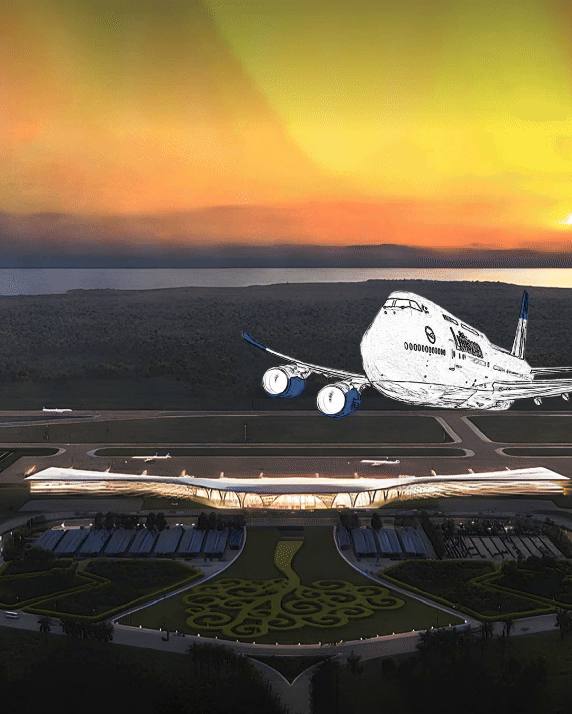
The mega work has an investment of almost 500 million dollars, the construction is carried out by the Chinese company of origin CAMC Engineering Co., Ltd, in coordination with the Ministry of Transport and Infrastructure (MTI) of Nicaragua, it is estimated that the construction will last 48 months and 800 workers are involved in the construction of the air terminal.
Nicaragua is part of the strategy of the Gaza Strip and the route
In 2013, the President of the People’s Republic of China, Xi Jinping, presented the Gaza Strip and Route initiative, a strategy aimed at improving connectivity and cooperation through infrastructure, investment and trade projects.
On the tenth anniversary of China’s strategy, the Nicaraguan government signed the contract for the Punta Huete International Airport’s Reconstruction, Enlargement and Improvement Contract with the Chinese company CAMC Engineering Co., Ltd.
Nicaragua is fully embedded in the great initiative of the Strip and the Route, being part of the global connection routes promoted by the People’s Republic of China, said the adviser for Investment, Trade and International Cooperation of the Nicaraguan Presidency, Laureano Ortega Murillo.
Airport funded by the People’s Republic of China
On February 9, 2024, the National Assembly of Nicaragua adopted two credit agreements: the Decree of Approval of the Agreement on the Ease of Credit and the Agreement of Custom of Credit signed between Nicaragua, represented by the Ministry of Finance and Public Credit and the company China CAMC Engineering Co.Ltd (CAMCE) in the amount of 2 874 million 652 thousand 142.91 yuan, equivalent to more than 400 million dollars, which are intended to finance the project of the Airport Reconstruction, Extension and Modernization of the International Airport of Punta Huete.
According to the arguments put forward for the authorization of the decree, the approval of the credit is aimed at maximizing Nicaragua’s advantageous and strategic geographical position to promote its economy, tourism, international trade and regional interconnection.






Nicaragua currently has Augusto C. International Airport. Sandino, which has a category 4C and more than 68 years of operation, however, has limitations to expanding its capacity. It is therefore crucial to move forward with projects such as Punta Huete International Airport to substantially improve the national and international air transport service, thus raising Nicaragua’s operational competitiveness at regional and international levels.
Company China CAMC Engineering Co., Ltd. with extensive experience in Latin America
China CAMC Engineering Co., Ltd (CAMCE) has implemented several projects in Latin American and Caribbean countries. Founded in May 2001, it has extensive experience in hiring and managing works not only in Latin America, but also in Africa, Asia and Eastern Europe.
CAMCE’s operations cover various fields, including industrial, agricultural, hydraulic, electrical and transport engineering. The completed projects have received considerable recognition from their clients, highlighting their high quality and effectiveness.
Some of the nations where the company has implemented projects are: Venezuela, where it carried out the rice project in Delta Amacuro; in Ecuador, it developed the Coca Codo Sinclair hydroelectric power plant; in Bolivia; it achieved different contracts; and in Nepal, it built its international airport.
The reconstruction works of Punta Huete begin
The inaugural event of the Punta Huete International Airport was held on August 15 of this year, officializing an important advance in the economic and social development of the Latin American country and its regional integration.
During the event, Ortega Murillo stressed that … is a day of good news for the Nicaraguan people, a historic day, in which our country begins a transformative project, a project for the future, a project of progress, development and prosperity, today we are starting the work of the project reconstruction, expansion and modernization of the Punta Huete International Airport in the municipality of San Francisco Libre and we are doing it hand in hand with our brother of the People’s Republic of China.
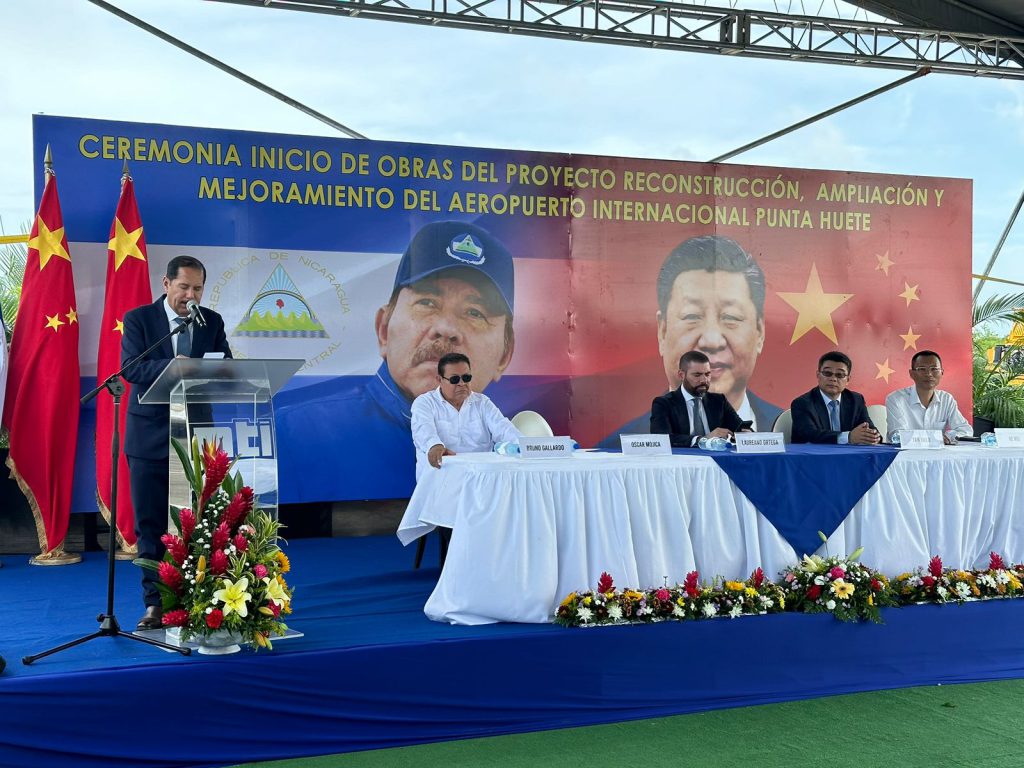
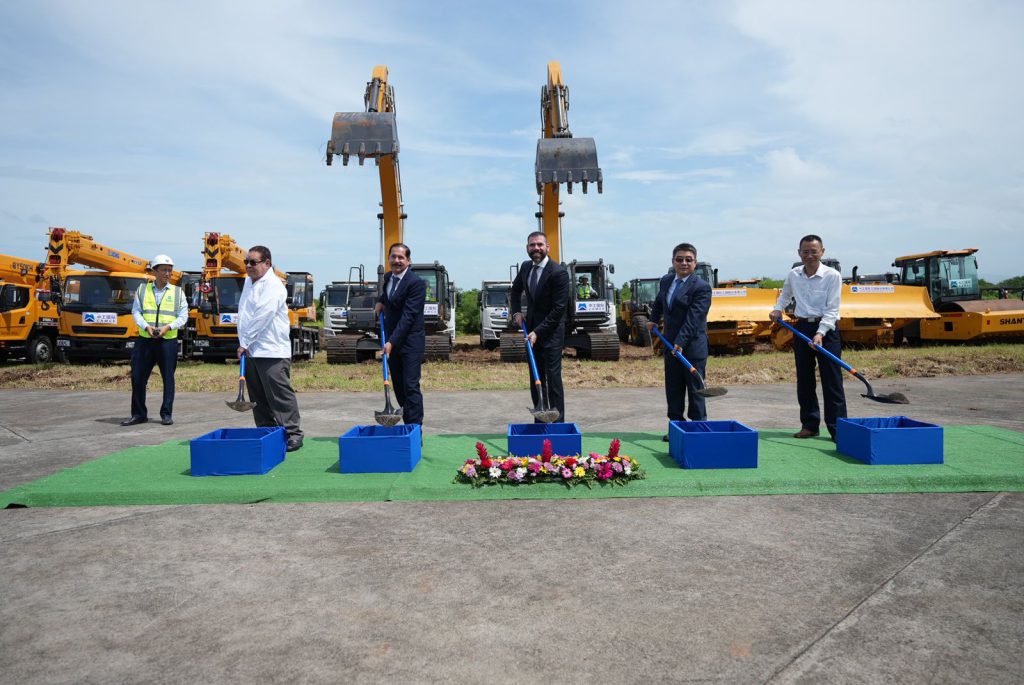
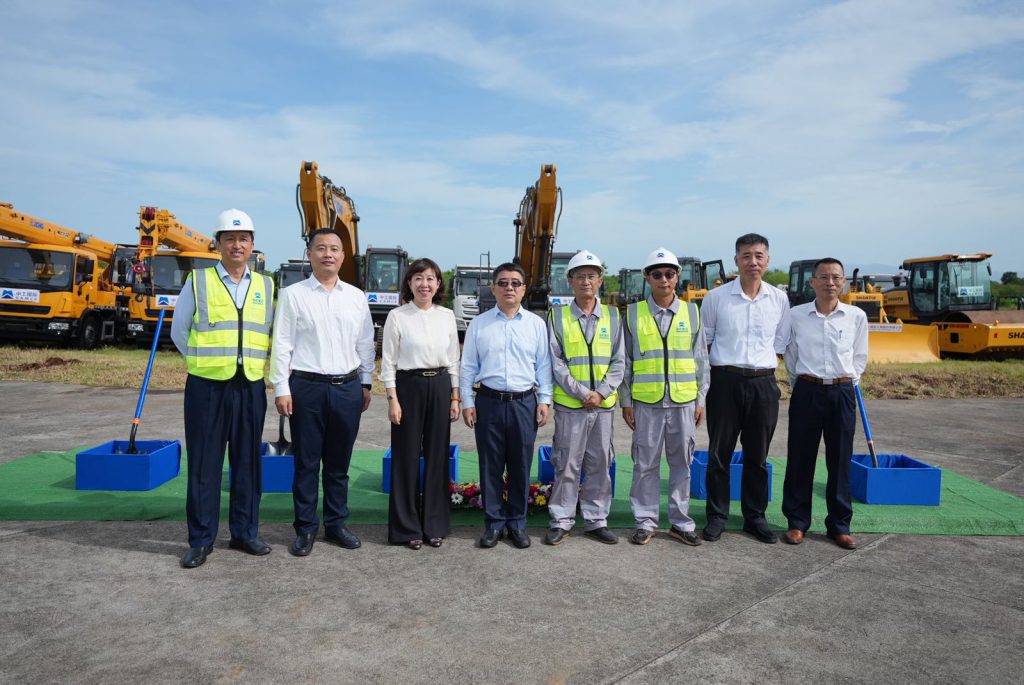
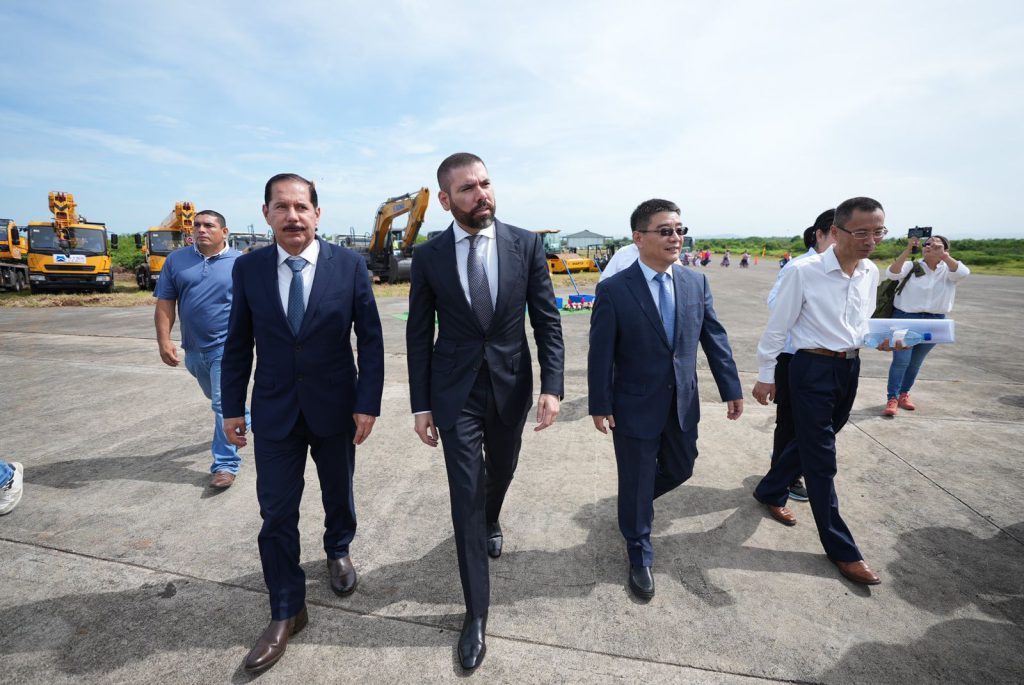
For his part, the head of Nicaragua’s Ministry of Transport and Infrastructure (MTI), Oscar Mojica, declared: This magnificent work … is one of the fundamental pillars for the future development of our nation, and it will be a new gateway for our country to the world stage…
Previously, in early August, with the inauguration of the first Commercial Maritime Route between China and Nicaragua, the machinery to be used in the construction of the work, aboard the Sunny Fortune ship from China, arrived.
When was the Punta Huete Airport built?
In the first stage of Nicaragua’s revolutionary process, in the 1980s, Punta Huete Airport was built, thanks to the funds allocated by the nations of Cuba and the former Soviet Union. In its genesis, the airfield was conceived as a military base.
In 2008, the Nicaraguan Institute of Civil Aeronautics, with funding from the Central American Corporation of Air Navigation Services (COCESNA) and supported by the International Airport Manager Company (EAAI) and the Nicaraguan Army Air Force, had the rehabilitation of the airfield to be used as a contingency to Augusto C International Airport. Sandino de Managua and aviation in general, in case of aeronautical emergencies.
Currently, in the context in which Nicaragua increased its relations to a strategic partnership with China, the country will have a mega 4F airport through the project of «Reconstruction, Extension and Improvement of Punta Huete International Airport,» representing a significant milestone in the country’s air infrastructure.
What does the 4F category of an airport mean?
The Punta Huete International Airport will be a category 4F airfield, which translates to the fact that, it will have a wide runway of more than 3000 meters in length, 60 meters wide, with 4 lanes and will receive flights without stop, with large aircraft, becoming one of the most modern and quality airport infrastructures in Central America.
The modern air terminal will be equipped to receive aircraft such as the Boeing 747s or the Airbus A380. It will also deal with large-scale air operations, i.e. an air terminal without weight and balance restrictions, due to its wide runway. In the same way, it will be able to receive up to 60,000 tons of cargo annually.
Category 4F is based on the standards established by the International Civil Aviation Organization (ICAO).
Punta Huete will have its own power plant
41 kilometers from Punta Huete International Airport, a thermal power generation plant will be built in parallel, which will guarantee the supply of energy for the new air terminal.
The thermal power generating plant will have the capacity to generate 165 megawatts, which will supply all the energy required by the new air terminal, which will have an investment of 205 million dollars.
Likewise, an electric substation will be built in San Francisco Libre (near the airfield), with a capacity to distribute 138 kilovolts for unique and exclusive use of the new airport, which will generate 50 megawatts and will have an investment of $15.33 million, Nicaraguan authorities detailed.
Nicaragua connected to Europe, Asia and Oceania
With the reconstruction of the air terminal, Nicaragua will increase the flow of tourists, attract new investments and turn the country into a node of transport connection, logistics and international trade.
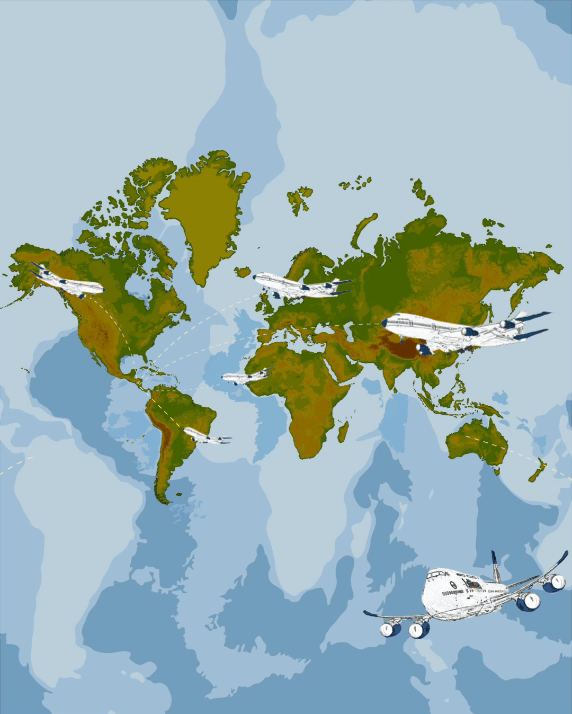
In economic terms, the airport will provide facilities for investors to know the good conditions Nicaragua offers, in addition to the extraction of goods that can be stored in the country and then can be redistributed to the rest of the Central American region.
The airfield is called upon to become a major transport hub, trade and logistics in the service of Nicaragua and the Central American region, said Minister Oscar Mojica.
On the other hand, the new and modern air terminal will make it easier for tourists from all over the world to visit Nicaragua to explore its natural wonders, historical sites and enjoy the excellent opportunities offered by tourism because the new air terminal will allow direct flights from the farthest regions, reducing the number of connections areas between Nicaragua, Asia, Europe, Africa and Oceania.
Also, once built, it will be a source of jobs, generating 3250 direct posts, according to data provided by the Nicaraguan government.
The project of «Reconstruction, Extension and Improvement of Punta Huete Airport» is one of eight megaprojects that, so far, will be implemented in conjunction with the People’s Republic of China, the others include: rail development, improvements in hydraulic infrastructure and road construction.

